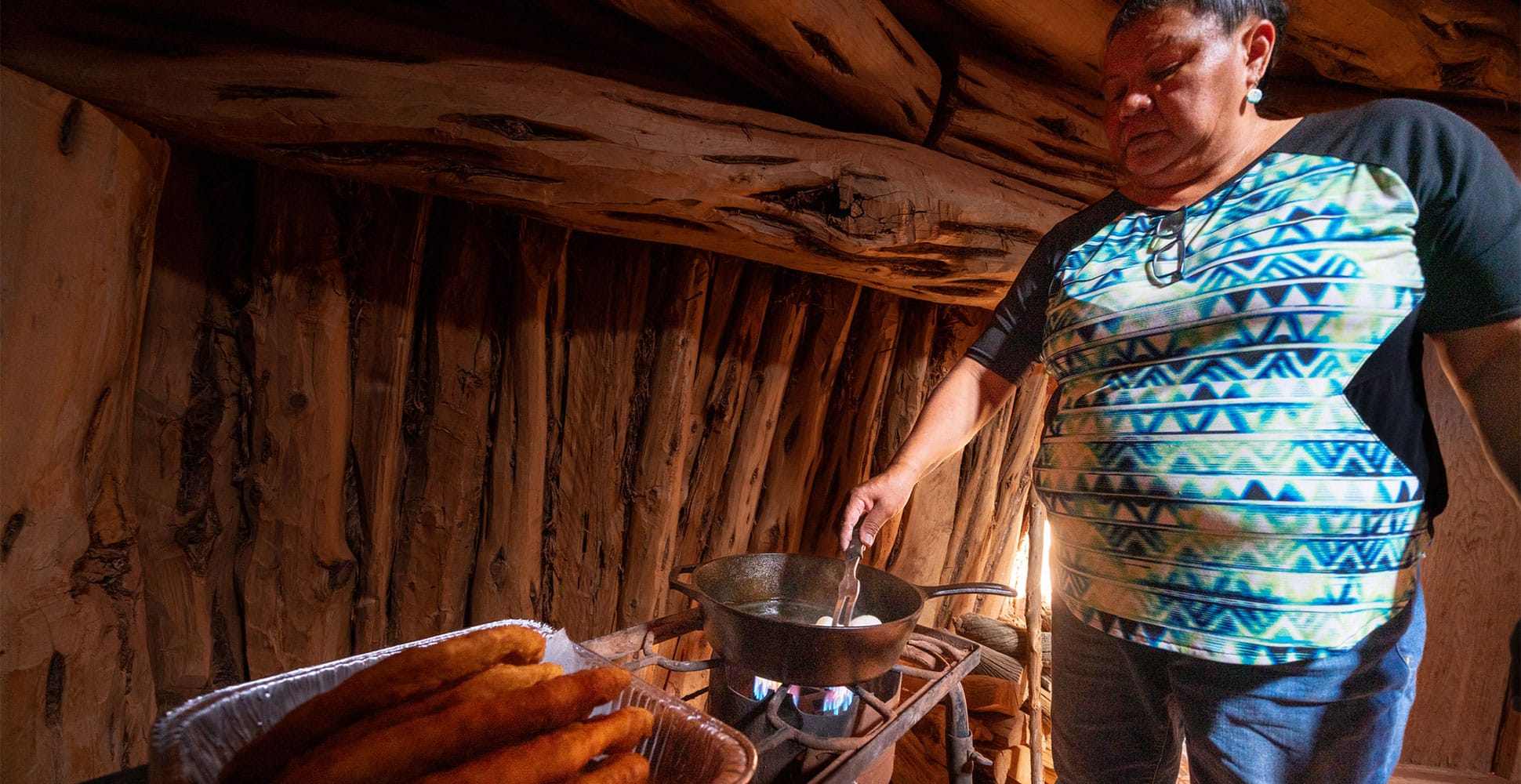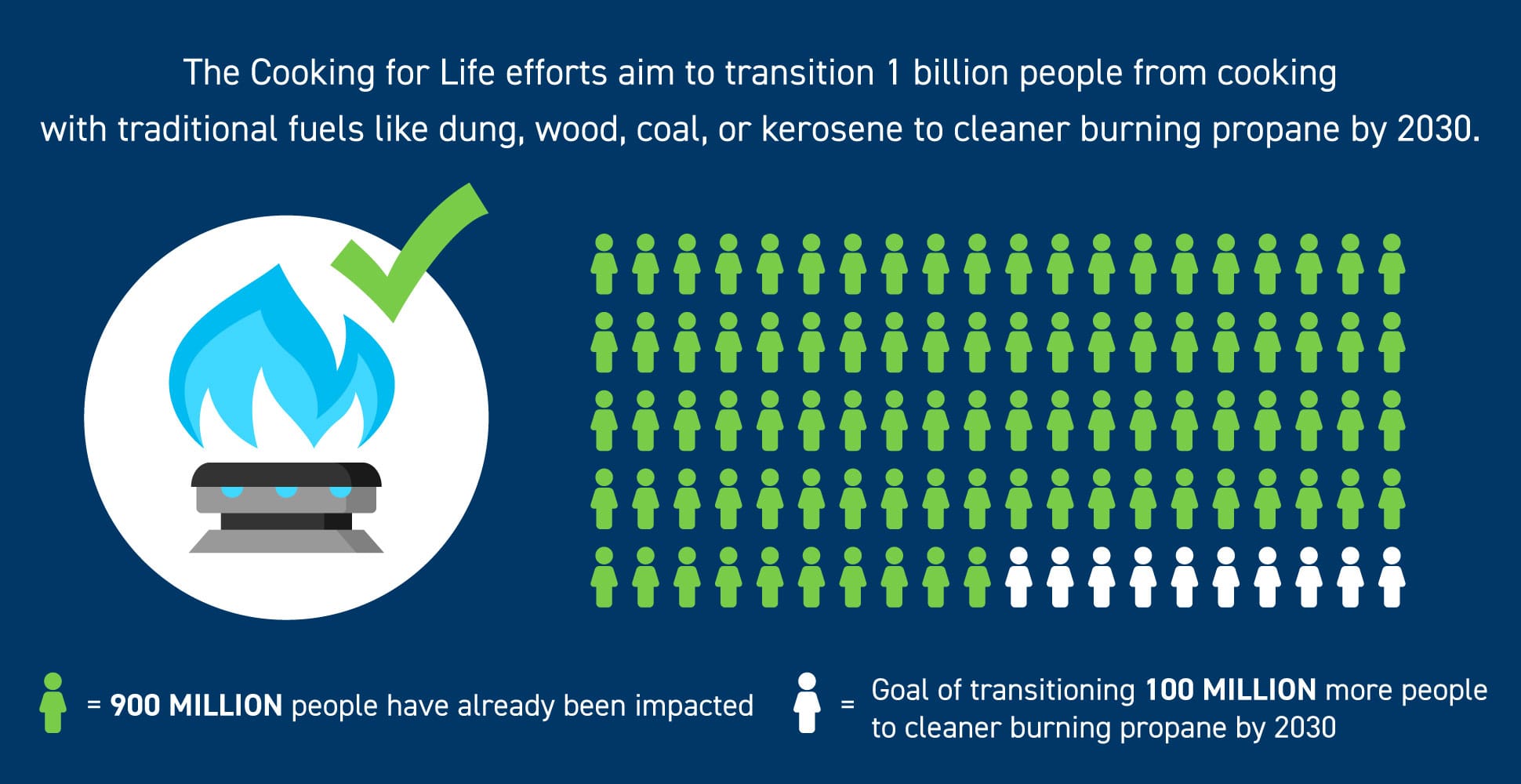SAVING LIVES AND THE ENVIRONMENT, ONE STOVE AT A TIME
Saving the Environment
Open fire cooking in the U.S. means camping and s’mores, not daily survival. But three billion people in sub-Saharan Africa, India, and developing Asian countries rely on traditional biomass like dung or wood, coal, or kerosene for cooking. Daily use of these dirty fuels creates indoor air pollution causing more than 3 million premature deaths annually from lung cancer, cardiovascular disease, pneumonia, and chronic obstructive pulmonary disease. The majority of these deaths occur in women and children who spend the most time in food preparation. But it doesn’t have to be this way; propane is creating positive change.

Cooking for Life is a campaign supported by the global propane industry that convenes governments, public health officials, the energy industry, and global NGOs to expand access to propane to those who need it most. The Cooking for Life efforts aim to transition 1 billion people from cooking with traditional fuels like dung, wood, coal, or kerosene to cleaner burning propane by 2030.

Propane is a Better Choice
Importantly, propane also supports a range of positive environmental goals. Using propane directly helps prevent deforestation. For every 268 million homes converted to propane from wood, 6.5 million acres of forest are saved. Protecting this much forest per year would reduce global net deforestation by 51%. In the tropics alone, converting households to propane from wood would cut the net CO2 output by 60%, a dramatic reduction in greenhouse gas emissions.
Learn more here:
Sustainable Development Goals – LPG Contributions
Socioeconomic Impact of Switching to LPG for Cooking
Read More Stories
Propane School Buses = The New Math
What if you could get children to school, promote their health, and protect the planet while saving money?
Grid Resiliency
Energy choice means options – including an energy source when the lights are off.
Refrigerant Propane and the Ozone
Refrigerant propane, also known as R-290, is an affordable and environmentally responsible option for…
